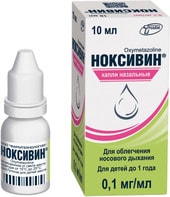
Vitamin D3, also known as cholecalciferol, is a fat-soluble vitamin crucial for numerous bodily functions. Unlike water-soluble vitamins, its absorption is a multi-stage process:
Vitamin D3 is obtained from two primary sources:
Once absorbed, Vitamin D3 enters the lymphatic system and then the bloodstream. It binds to Vitamin D-binding protein (DBP), facilitating transport to organs and tissues.
The liver converts Vitamin D3 to 25-hydroxyvitamin D (25(OH)D), also known as calcidiol. Blood tests typically measure 25(OH)D levels to assess Vitamin D status.
25(OH)D travels to the kidneys, where it's transformed into the active form, 1,25-dihydroxyvitamin D (1,25(OH)2D). This active form regulates calcium and phosphorus levels, influencing bone health and immune function.
Excess Vitamin D3 can accumulate in fat tissue and the liver. High levels can lead to toxicity (hypervitaminosis D). Regular monitoring of Vitamin D levels is essential to prevent this.
Vitamin D3 absorption is a complex process influenced by dietary fat intake, gut health, and liver and kidney function. Maintaining optimal Vitamin D levels requires a balanced diet, adequate sun exposure (with appropriate sun protection), and possibly supplementation, depending on individual needs and blood test results. Consult your doctor to determine the appropriate Vitamin D dosage for you.
Keywords: Vitamin D3, Cholecalciferol, 10000 IU, Supplement, Absorption, Calcium, Phosphorus, Bone Health, Immune System, Fat-Soluble Vitamin, Dietary Sources, Sun Exposure, Vitamin D Deficiency, Hypervitaminosis D, 25-Hydroxyvitamin D, 1,25-Dihydroxyvitamin D, Vitamin D Blood Test





